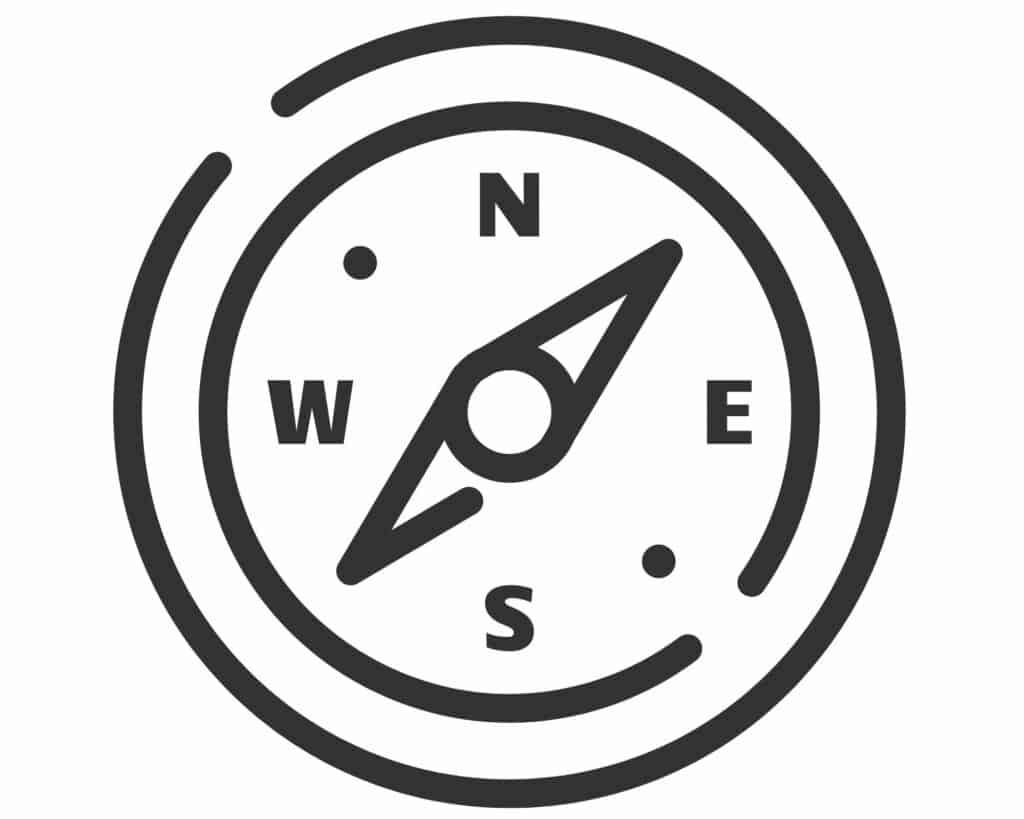
404
Sorry, we can’t find that page

Looks like where you where trying to go to no longer exists.
Try navigating by choosing one of the links or the search bar below.
No results found.
Populair suggestions
See also:
We are glad to support you!
Take advantage of our dedicated support team for any technical assistance you need while using our products or considering them for your research needs.
- Original supplier of innate immunity products since 1994.
- Our commitment to quality: Read more!
- Contact your local distributor for ordering.
- Contact our support team for more information.